Find out more about The Open University's Science courses and qualifications.
Rachael Hamp and Grace Richards are members of AstrobiologyOU. Their research focusses on another icy moon orbiting a gas giant planet – Enceladus, a moon of Saturn.
They discussed their work and what they hope might come from the JUICE mission with Ann Grand, a fellow member of AstrobiologyOU.
Tell me something about your current work …
Rachael: In my experimental work, I re-create the conditions on the ocean floor of Enceladus – the temperature, pressure and composition of the ocean water – to simulate the chemical reactions that might be occurring there.
Up to now, I’ve mainly looked at reactions involving inorganic compounds – metals and carbonates – and now I’m moving on to look at organic (compounds that contain carbon) materials. The Cassini mission in 2008 detected some very simple organic compounds on Enceladus. Starting with them, I’m trying to understand what more complex compounds might be created in the temperature and pressure conditions of the ocean floor of Enceladus. Specifically, I’m trying to understand if you could synthesise the kind of complex organic chemicals that life needs, such as sugars and amino acids.
Grace: My focus is the processes happening on Enceladus’s surface. Enceladus has an unusual feature – plumes of water that shoot through the thick layer of ice that makes up its surface. These plumes bring up material from the oceans beneath, most of which falls back to the surface as icy crystals. These crystals carry compounds such as methane, ammonia and carbon dioxide trapped within them. But because the atmospheric pressure is so low, these compounds quickly escape into space.
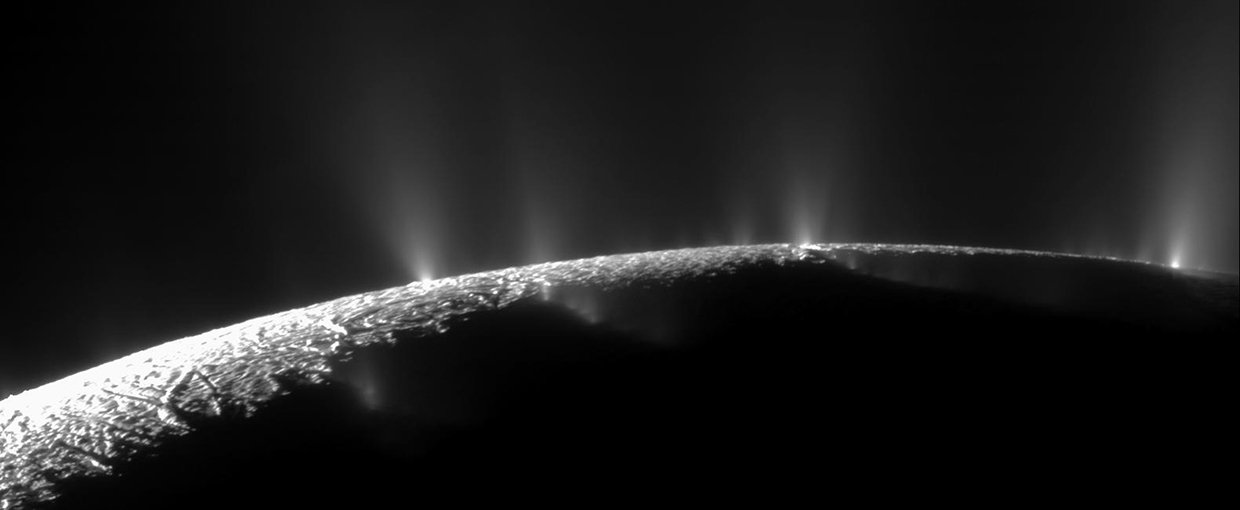 A photograph showing plumes of water ice and water vapour rising from the south polar region of Enceladus.
A photograph showing plumes of water ice and water vapour rising from the south polar region of Enceladus.
I’m studying how we could detect the material from the plumes on the surface. For the past couple of years, I've been designing and building a cryogenic system in which I can simulate the super-cold and very low pressure conditions of Enceladus’s surface in the lab. Using a mixture of liquids and gases, I can grow ices very similar to Enceladus’s, starting with very simple ices and building up to more complex ones.
Other processes affect Enceladus. Its surface receives a high level of radiation and its orbit is within Saturn’s E ring, which is made up of millions of tiny grains of dust and ice. These ‘micrometeoroids’ regularly hit the surface. Using a tool called a Light Gas Gun, I fire tiny projectiles at speeds of about five kilometres a second into simulated Enceladus ice to see how the impacts affect the ice.
If I could wave a magic wand and give you all the money you wanted, what big questions would you like to tackle next?
Rachael: For me, the big question is about habitability. Are Enceladus and other icy moons, such as Europa, Ganymede and Titan, habitable or potentially habitable? Do they have the prebiotic chemistry; the sugars and organic compounds, the chemistry that life needs to get kick-started? Do they have a source of energy? Do they have a source of water? Do they have sites where water and rock can interact? Are they the right temperature – it can’t be so cold that nothing could survive. And finally, life takes a long time to get started. Has there been enough time for the moon to become habitable?
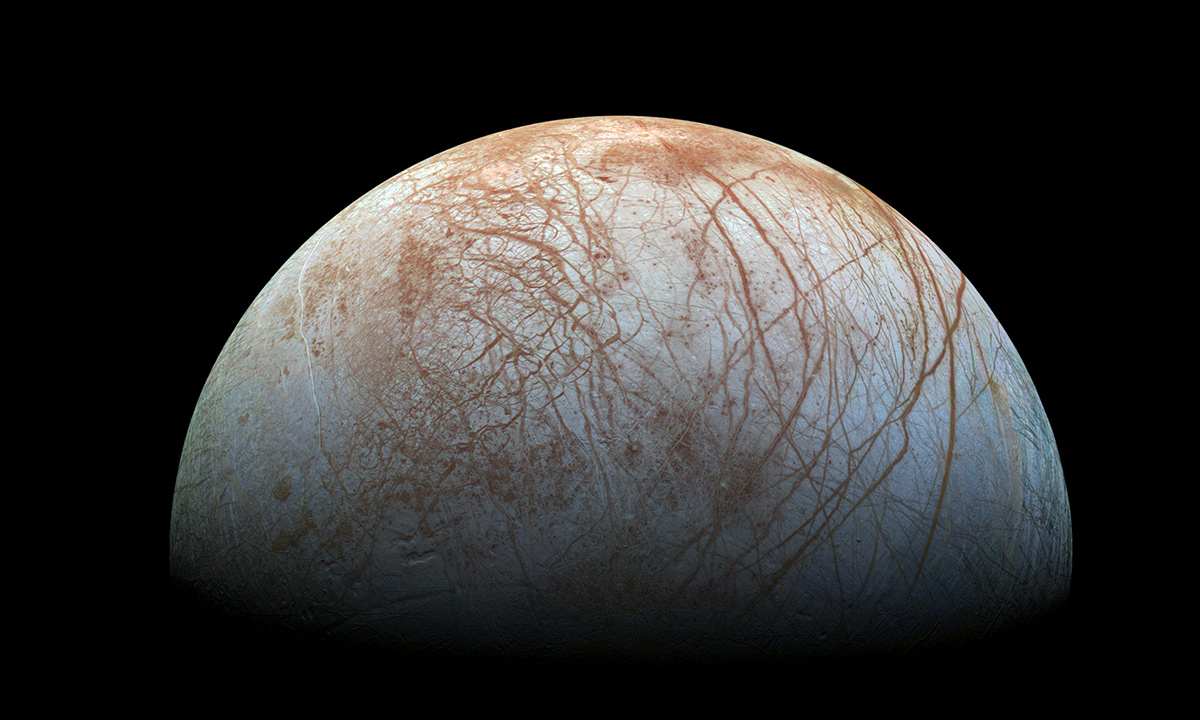 Photograph of the surface of Europa. The grey-blue icy surface is criss-crossed with reddish cracks where the ice shell has been broken and re-formed.
Photograph of the surface of Europa. The grey-blue icy surface is criss-crossed with reddish cracks where the ice shell has been broken and re-formed.
Grace: What interests me about the question of whether life could get started on these icy moons is that they are closed systems. There’s not been much transfer of material. If we found life on Mars, it could have come from Earth; there’s a lot of transfer of material between Earth and Mars through meteorites. However, on the icy moons, there could potentially be a second original genesis of life, which would be super-interesting to study.
There have been very few missions to these distant icy moons. But with the launch of the JUICE mission, which will carry out multiple fly-bys of Ganymede, Europa and Callisto, there is the opportunity for a much closer look. What do you hope the JUICE mission will help us to understand?
Grace: The big question is how these planetary bodies evolved in the first place. What material was available in the Solar System to create them? How does that relate to other planetary formations in the galaxy? It’s very much about our place in the galaxy.
In terms of JUICE’s instruments, I’m very excited by the radar sounder. Until now, we’ve only really had data from the top few millimetres of the surface. The radar sounder will be able to penetrate much deeper, several kilometres beneath the surface, which will help us determine the thickness of the ice shells and depth of the oceans. Other instruments will give us a much better idea of the composition of the surface.
We’ll also learn more about how the moons are interacting with each other and with Jupiter’s gravity. Jupiter’s strong gravity creates high tidal forces on the moons; how do their ice shells deform under that stress? Do they move around; how are they changed? More data on that would be wonderful.
Rachael: There’s so much we don’t know about the structures of these icy moons that I hope JUICE will give us the chance to understand. Grace is interested in surface processes and I’m interested in ocean floor processes but there are structures we just don’t understand yet – such as do they have rocky cores or metallic cores – that affect those processes. JUICE will give us a much better idea of the internal physical conditions.
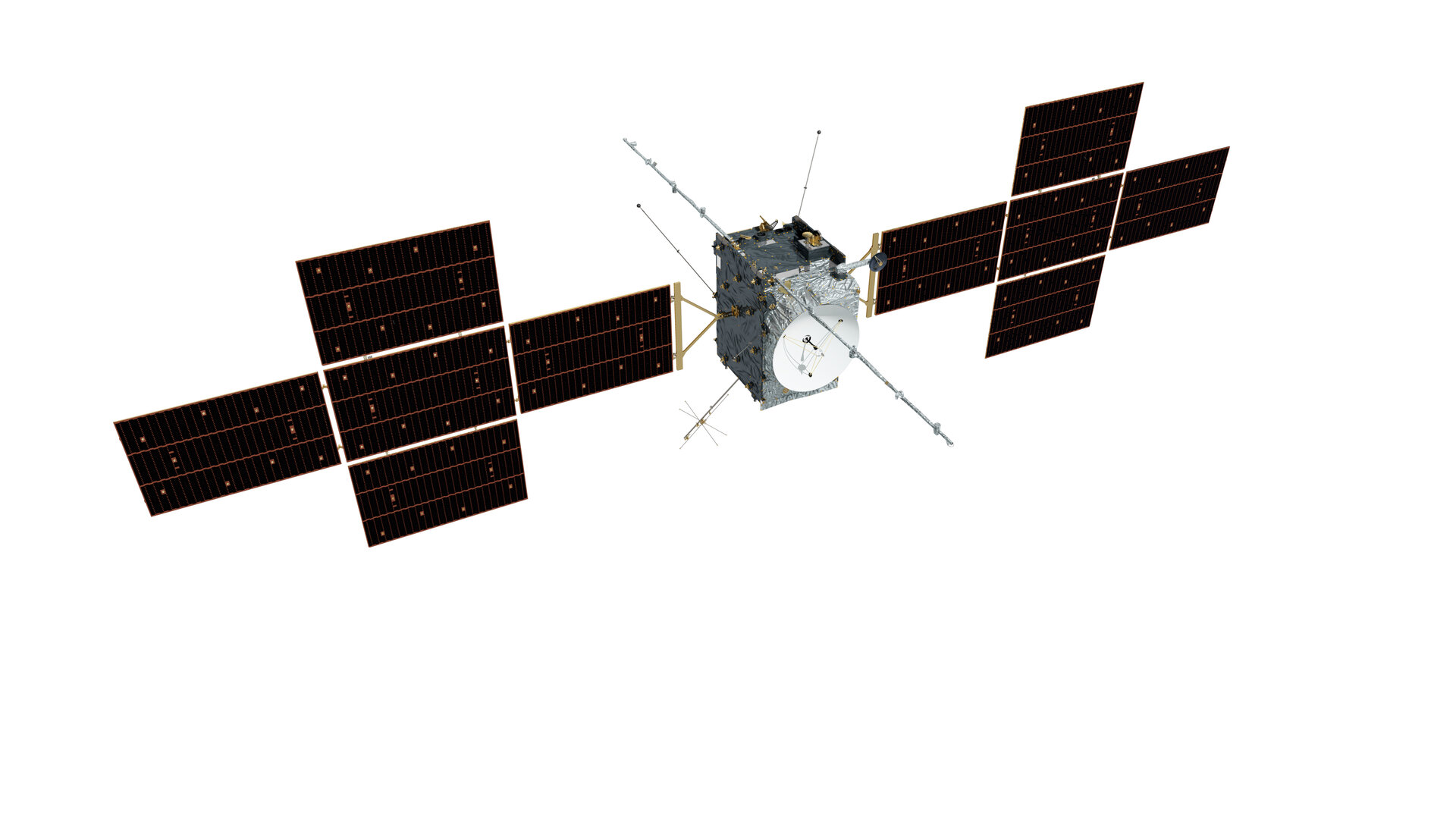 A model of the JUICE spacecraft
A model of the JUICE spacecraft
JUICE will also have a good camera, so we’ll be able to get some really good images of Ganymede, Europa and Callisto. You can tell a lot from studying surface features. Some people believe that on Ganymede there are lakes of liquid water trapped within the ice shell itself, rather than beneath it. Seeing evidence of that would be really interesting. If we can imagine future missions, it wouldn’t be possible to go right through the ice to sample the ocean but it might be possible to sample a pocket of water relatively near the surface.
Hopefully, within Grace’s and my lifetime, there will be another mission to Enceladus and the theories that Grace and I are working on now will be tested. In twenty or thirty years’ time, people could be testing the ideas we are developing now. That’s quite a legacy!
For more information on the JUICE mission and to follow its progress, visit the European Space Agency website.
 This article is part of the Astrobiology Collection on OpenLearn. This collection of free articles, interactives, videos and courses provides insights into research that investigates the possibilities of life beyond the Earth and the ethical and governance implications of this.
This article is part of the Astrobiology Collection on OpenLearn. This collection of free articles, interactives, videos and courses provides insights into research that investigates the possibilities of life beyond the Earth and the ethical and governance implications of this.
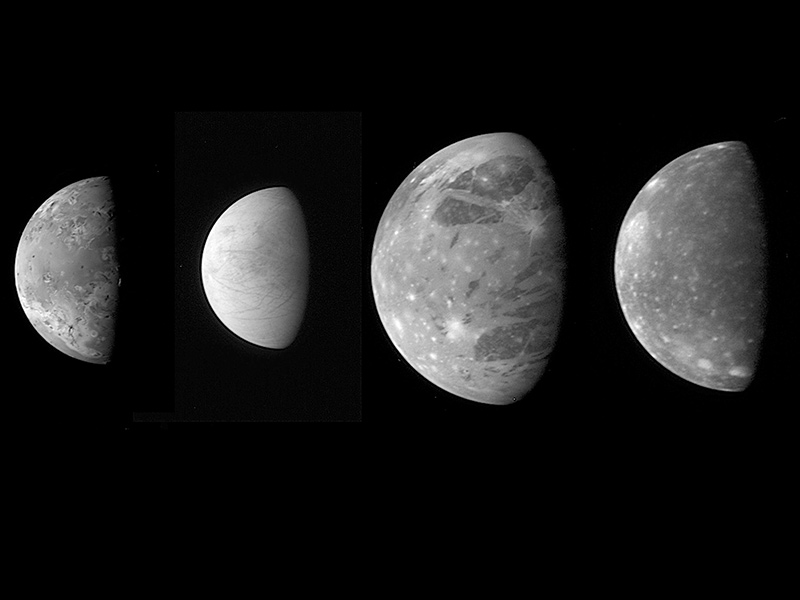
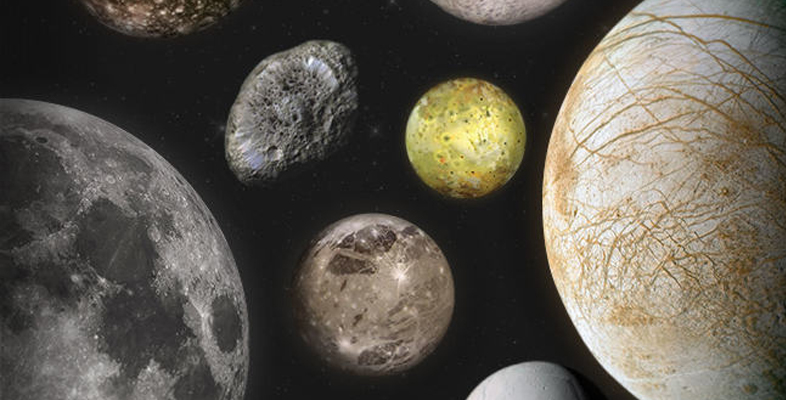
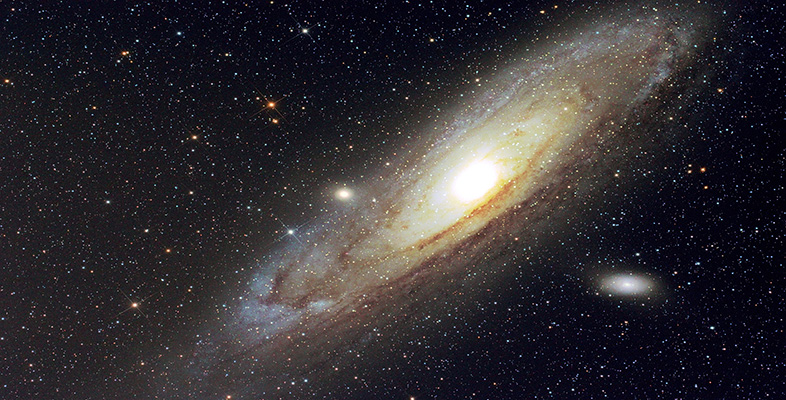
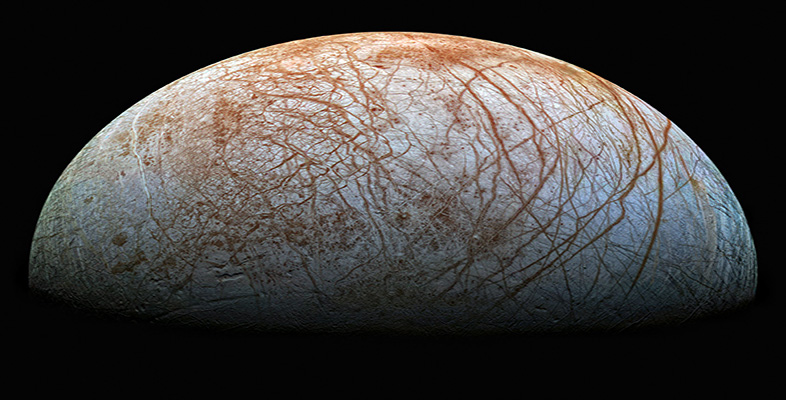
Rate and Review
Rate this article
Review this article
Log into OpenLearn to leave reviews and join in the conversation.
Article reviews